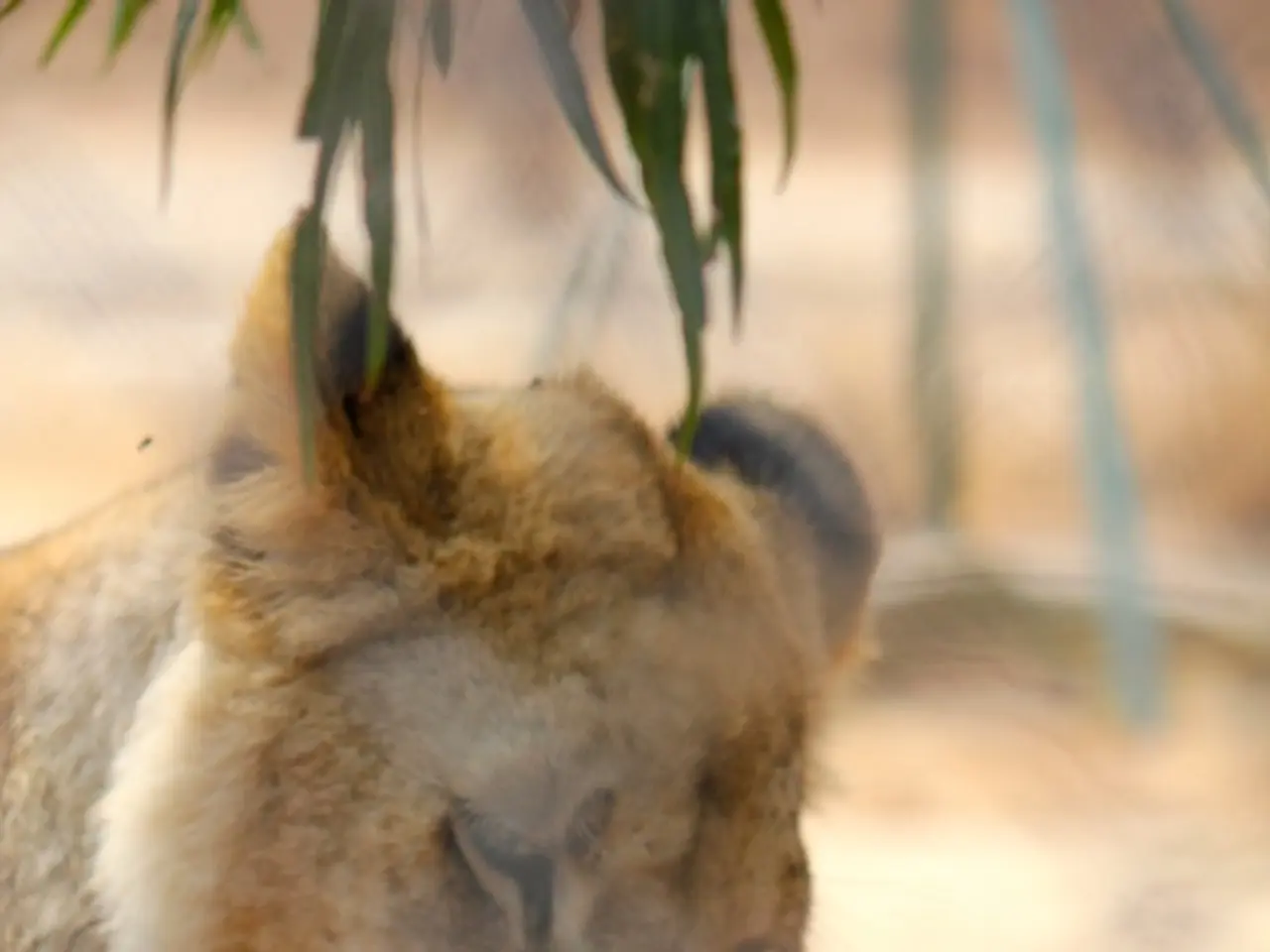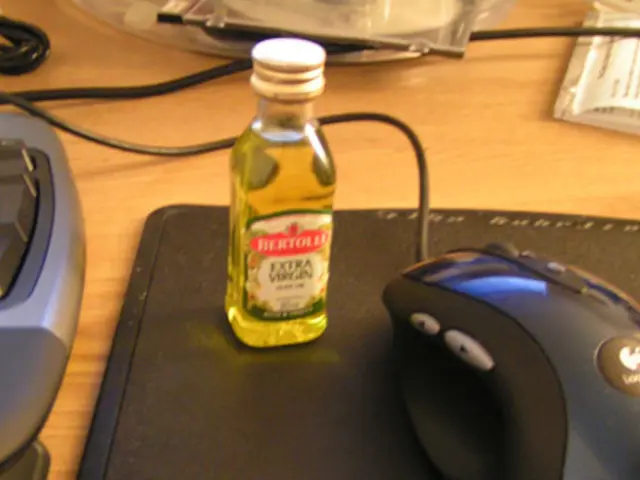CDFW Urges Hunters to Report Blue Tissue in Wild Animals Amidst Rodenticide Concerns
The California Department of Fish and Wildlife (CDFW) has issued an urgent call to hobby hunters to report any unusual findings in harvested wild animals, particularly the presence of blue tissue. This comes amidst ongoing concerns about the contamination of wild animals with anticoagulant rodenticides (ARRs) in California.
Several organizations and scientific institutions have conducted studies on the contamination of wild animals in California with ARRs. Notable studies and organizations include the University of California's Integrative Pest Management (IPM) program, which has created research and guidelines on the risk assessment of rodenticides, and the CDFW's Wildlife Investigations Laboratory, which regularly investigates the impacts of pesticides on wildlife. Organizations like Raptors are the Solution (RATS) and the American Bird Conservancy have also supported studies and campaigns highlighting the effects of rodenticides on wild birds and other animals. A 2018 study found alarming residues of ARRs in wild pig and bear tissue samples in California, with 8.3% and 83% of samples testing positive respectively.
The CDFW has received reports of blue-colored wild pigs since March, with blue tissue and flesh indicating possible exposure to rodenticides. These pesticides often contain dyes for identification purposes. The blue discoloration is believed to be a sign that the pigs have been poisoned by pesticide baits containing the anticoagulant diphacinone, which prevents blood clotting and causes internal bleeding in rodents. Hobby hunters are advised not to consume parts of wild animals with blue fat or muscles or other anomalies, as they may be contaminated with rodenticides.
The presence of blue tissue in wild animals serves as a stark reminder of the potential dangers of pesticide use. The CDFW urges pesticide users to take precautions to avoid endangering wildlife when applying rodenticides, such as ensuring no non-target wildlife is in the area and using appropriate bait stations. An integrated pest management approach can also help reduce the risk of rodenticide contamination for non-target wildlife. The CDFW continues to monitor and investigate these issues, and encourages the public to report any unusual findings.
Read also:
- Inadequate supply of accessible housing overlooks London's disabled community
- Strange discovery in EU: Rabbits found with unusual appendages resembling tentacles on their heads
- Duration of a Travelling Blood Clot: Time Scale Explained
- Fainting versus Seizures: Overlaps, Distinctions, and Proper Responses






